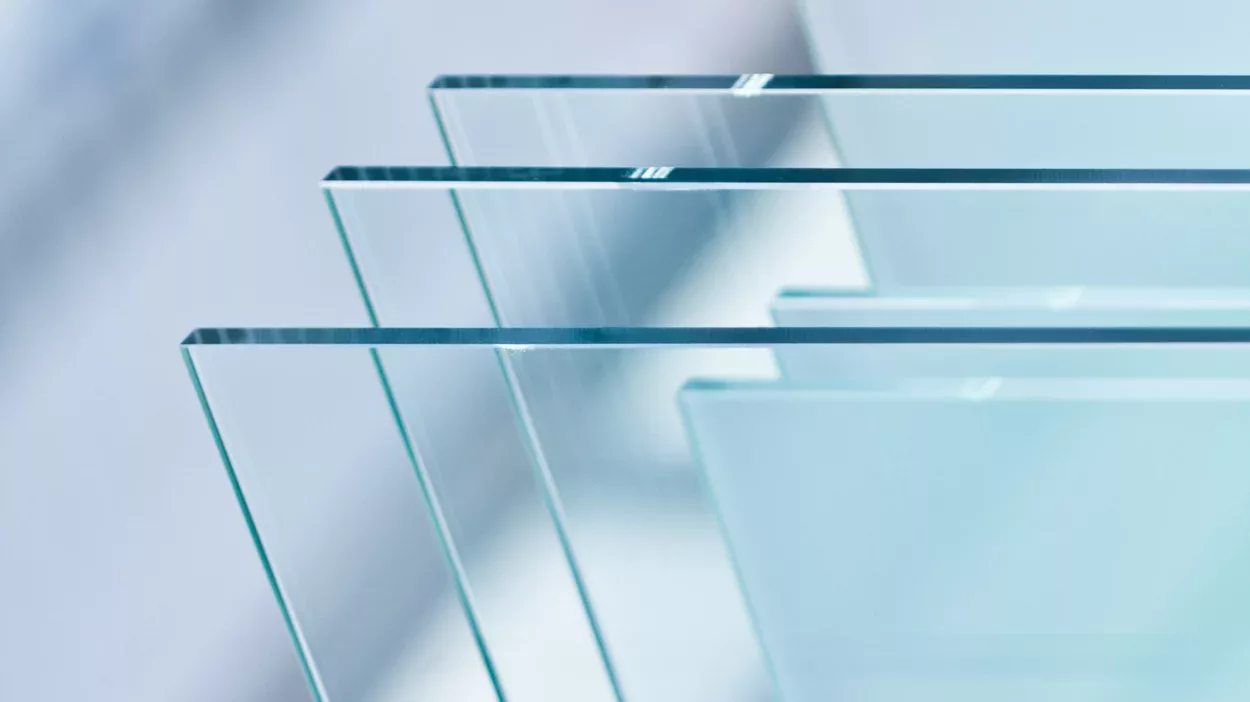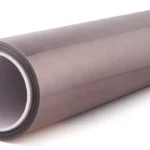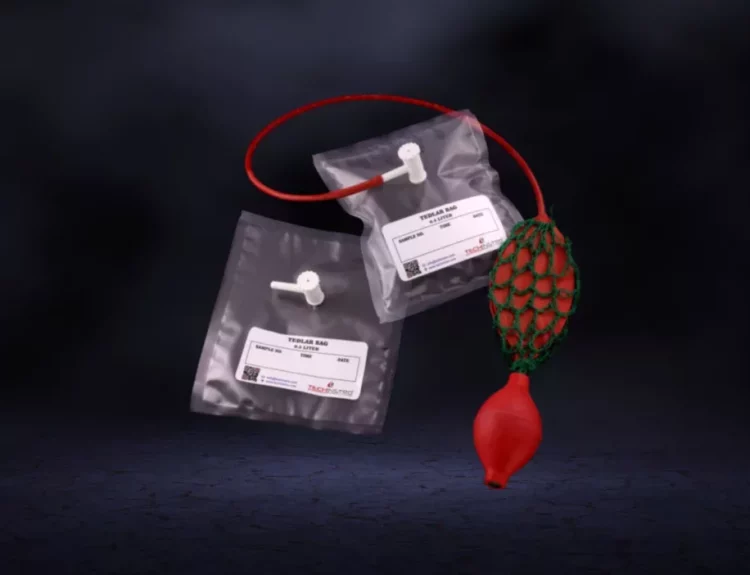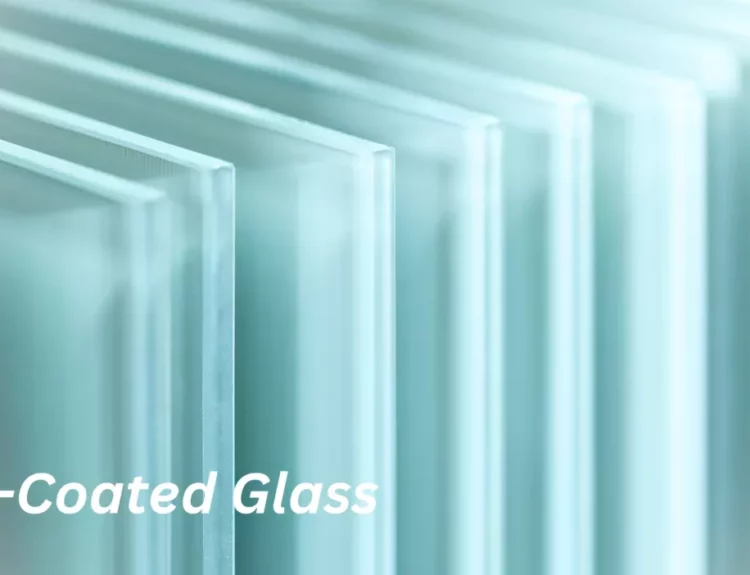Introduction:
Ever wonder how sleek touchscreen displays and energy-efficient windows are made? Look no further than ITO-coated glass. This remarkable material, with its transparent and conductive properties, owes its magic to fabrication. In this article, we’ll delve into the simple yet fascinating techniques used to create ITO-coated glass.
Understanding ITO Coated Glass:
Before we discuss fabrication techniques, let’s examine ITO-coated glass. ITO stands for Indium Tin Oxide, a special material that can conduct electricity while remaining see-through. When a thin layer of ITO is applied to glass, it transforms an ordinary pane into a high-tech wonder capable of powering touchscreens, solar panels, and more.
Fabrication Techniques:
So, how exactly is ITO coated glass made? Here are the basic steps involved:
- Cleaning the Glass: The first step is ensuring the glass substrate is squeaky clean. Any dust or dirt could interfere with the adhesion of the ITO layer, so the glass is thoroughly cleaned using solvents and specialized cleaning solutions.
- Deposition of ITO: Once the glass is clean, it’s time to apply the ITO coating. Two main techniques are typically used: sputtering or chemical vapor deposition (CVD).
-
- Sputtering: In sputtering, tiny particles of ITO are blasted onto the surface of the glass using high-energy ions. These particles then settle onto the glass, forming a uniform coating. This method is famous for its simplicity and ability to produce high-quality coatings.
-
- Chemical Vapor Deposition (CVD): Alternatively, the ITO layer can be deposited onto the glass using a chemical vapor deposition process. In this method, gases containing indium, tin, and oxygen are introduced into a chamber where they react to form the ITO coating on the glass surface. While more complex than sputtering, CVD offers precise control over the composition of the layer.
- Annealing: Once the ITO coating is applied, the glass is subjected to annealing. This involves heating the glass to high temperatures to help the ITO layer bond more securely to the substrate and improve its electrical conductivity and transparency.
- Post-Processing: After annealing, the ITO coated glass may undergo additional post-processing steps, such as polishing or coating with protective layers, to enhance its optical clarity and durability.
Conclusion:
And there you have it – a glimpse into the fascinating world of ITO coated glass fabrication. Through simple yet sophisticated techniques like sputtering and chemical vapor deposition, ordinary glass is transformed into a versatile material having a broad range of applications in modern technology. So, the next time you tap away on your smartphone or admire the sleek design of a solar panel, remember the magic happening beneath the surface – all thanks to the fabrication of ITO coated glass.
To purchase ITO coated glass, please follow the links.
2.Shilpent






